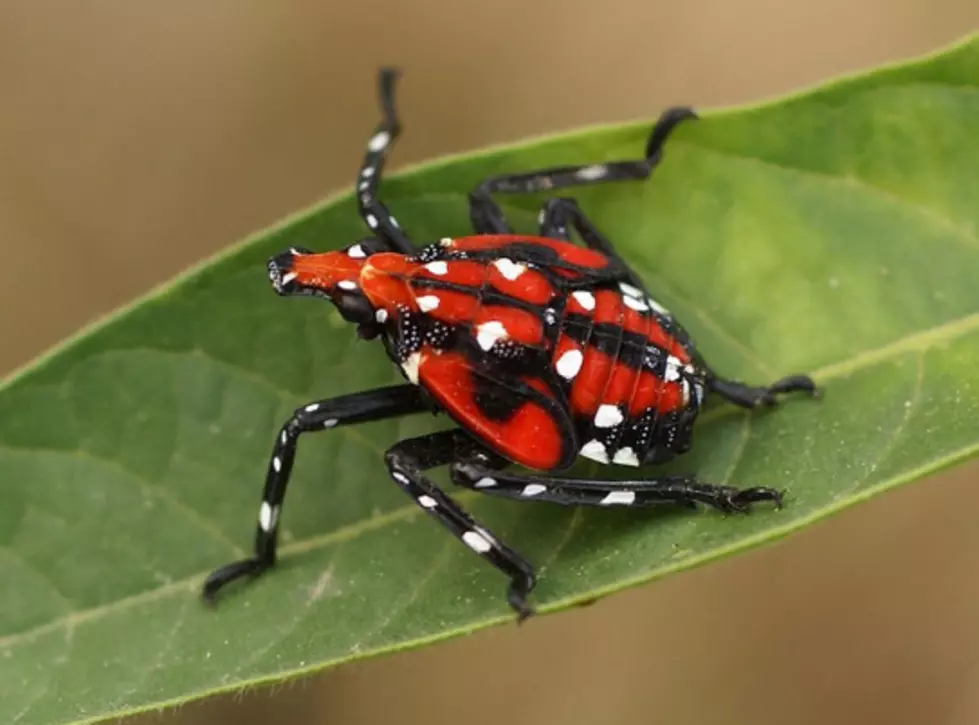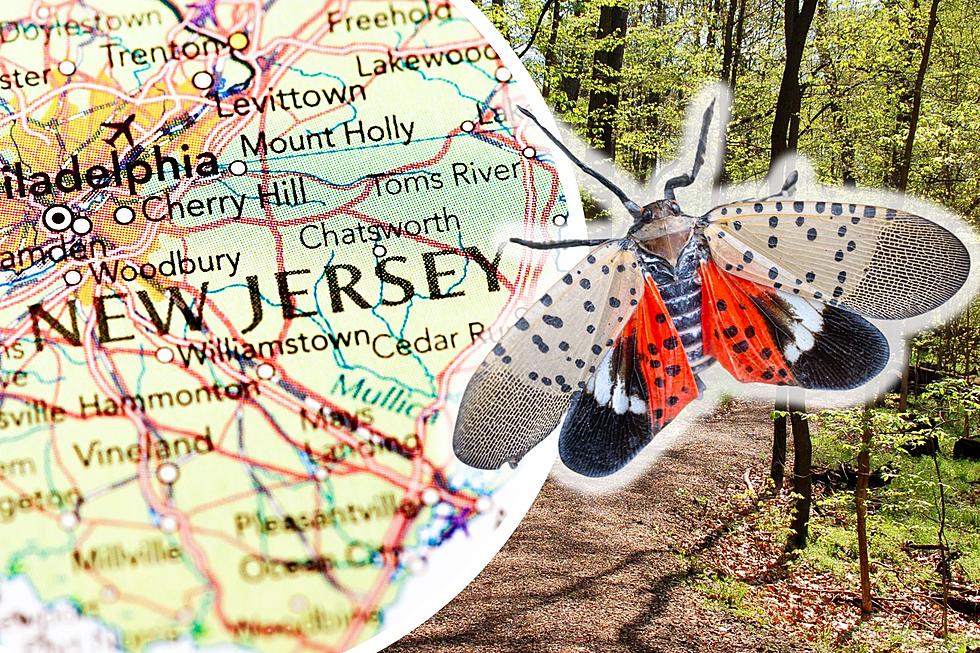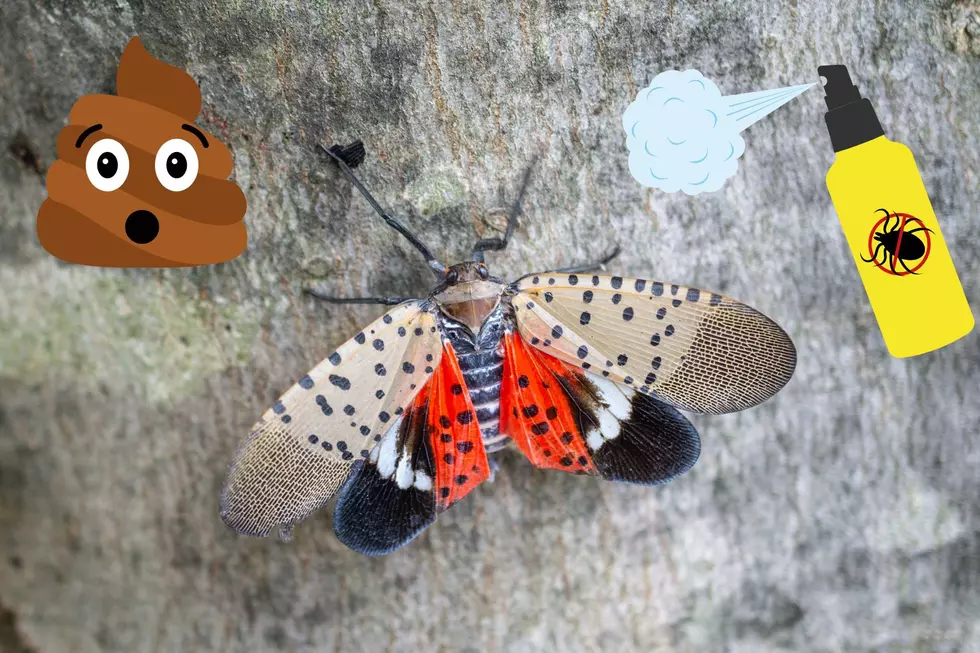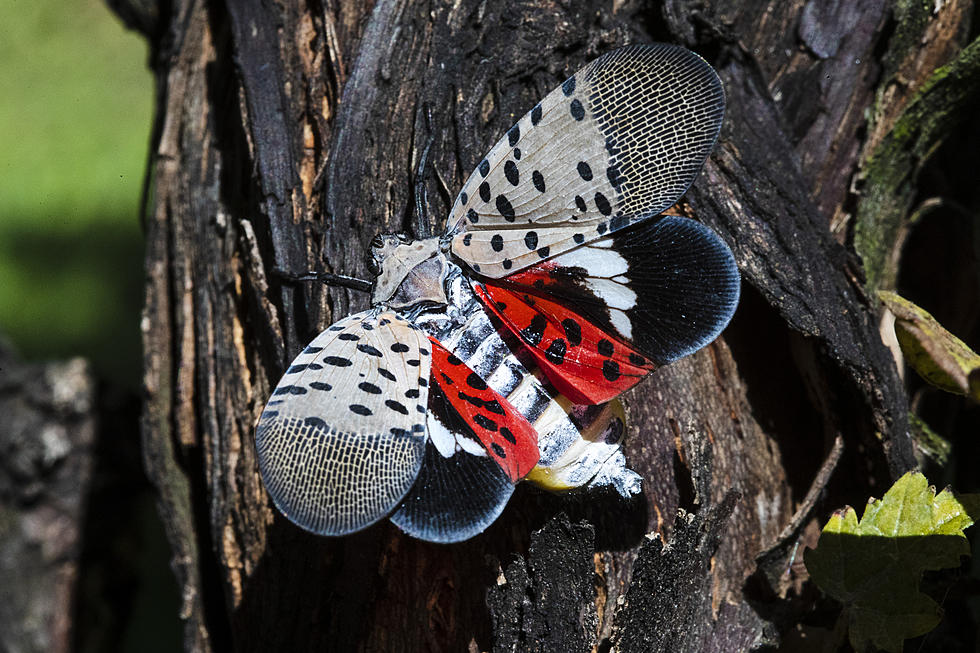
Could the spotted lanternfly help control another invasive NJ species?
The spotted lanternfly has been a hot topic lately in New Jersey, particularly along the Shore. Here, beachgoers in certain areas are starting to notice an abundance of these insects taking over in areas that typically wouldn't be of concern.
New Jersey as a whole didn't start experiencing these bugs until later in 2021 when they started making their way to the Garden State. After the first sightings occurred, we were advised that if we see them, we should kill them.
Much of that same advice is still given today, and with good reason. The spotted lanternfly has since multiplied in numbers compared to when they were first spotted in New Jersey, and that's not good news.
The biggest issue with these insects, however, happens when they're first hatched. As we get closer to winter, adult lanternflies will lay eggs on trees. Those eggs will remain in place until the following spring when the warmer weather arrives and the eggs hatch.
For New Jersey, this seems to take place sometime around early May. That's also when the host tree is in the biggest danger, as it is around this time the newly hatched spotted lanternflies start to feed on the tree, potentially killing it.
This is why we're advised to kill any spotted lanternflies we see. By reducing their numbers, we're also reducing their chances to reproduce on a larger scale. It's also why we're advised to scrape any eggs off of trees we notice come fall.
Luckily for New Jersey, the damage at this point seems to be minimal, and that's great news for our farmers and vegetation. However, we shouldn't celebrate just yet since it's become quite evident that these pests have had much success reproducing.
Now, could there possibly be some good news here when it comes to trees dying from this? On the surface, it doesn't seem so, but thanks to the spotted lanternfly's preferred tree of choice, there's a chance this invasive species might actually be able to help control another invasive species.
Despite its name, the Tree of Heaven is anything but heavenly in the state of New Jersey. Introduced to the area back in the late 1700s from China, this tree was easy to grow and, at the time, was considered attractive along city streets.
Unfortunately, this caused the tree to rapidly take over and force out native species of plants and trees. Not only that, but this tree also doesn't have much in the way of other trees or insects that can help control its population. At least that is, until the spotted lanternfly entered the scene.
If the spotted lanternfly does, in fact, continue to lay eggs on its preferred tree of choice, it's possible that one invasive species might be able to help control the overgrowth of another invasive species, and thus allow New Jersey's native trees to thrive even more.
Hopefully, that's how this plays out. As stated above, New Jersey hasn't had many reports of widespread damage yet to its many trees, which is something we hope continues.
What to know about the spotted lanternfly and the tree of heaven in New Jersey
Don't complain: Seven reasons why you're lucky to be living in NJ
More From 94.5 PST










